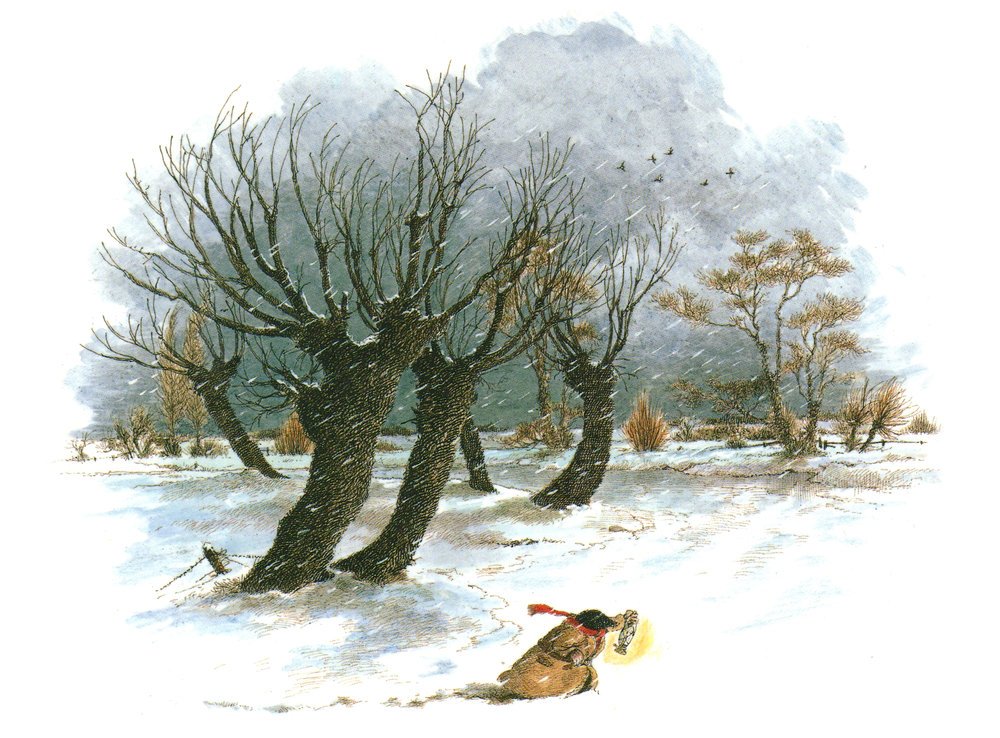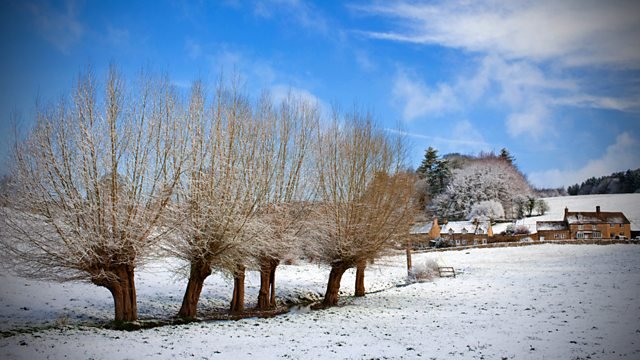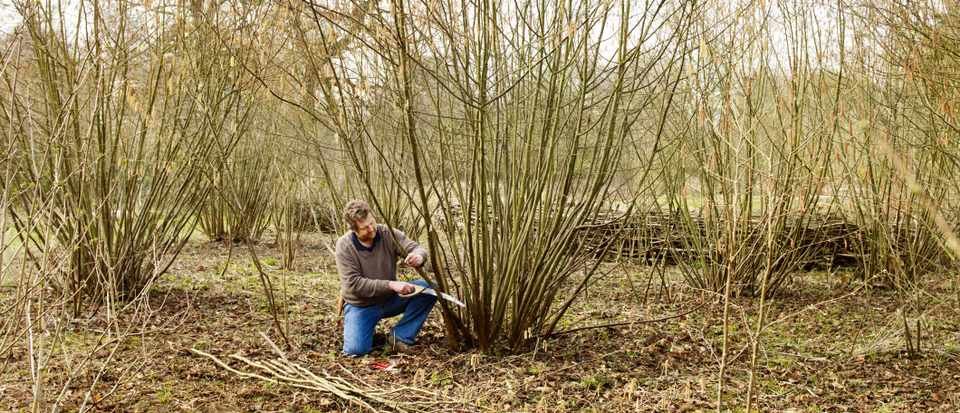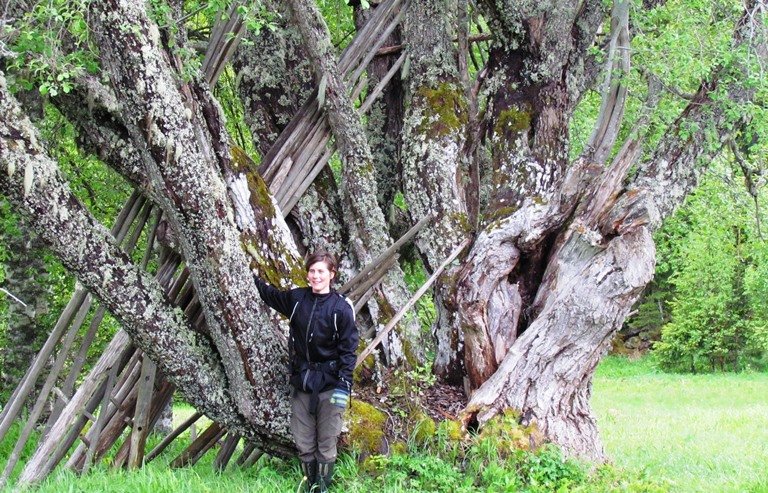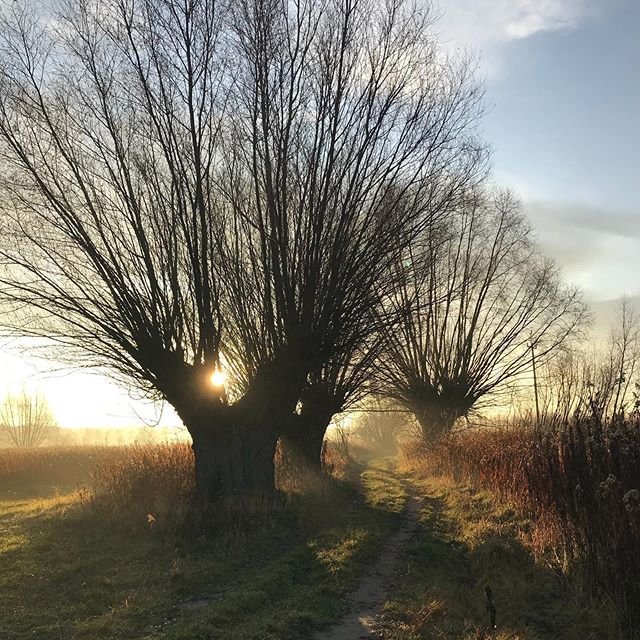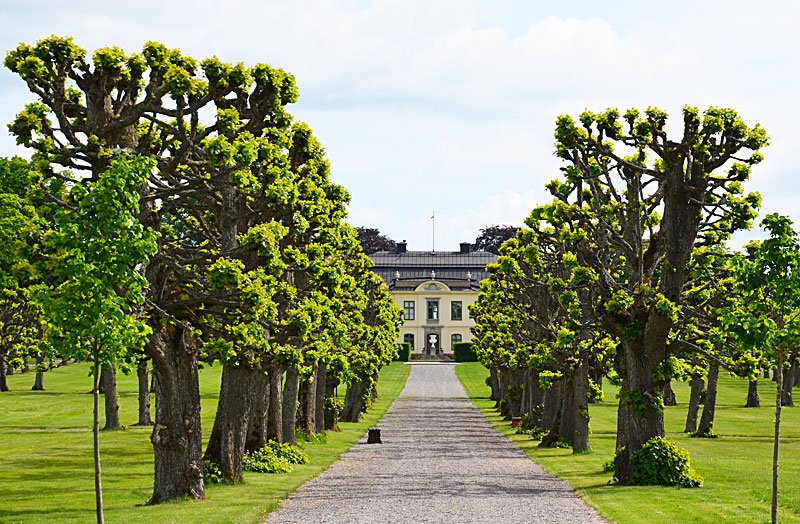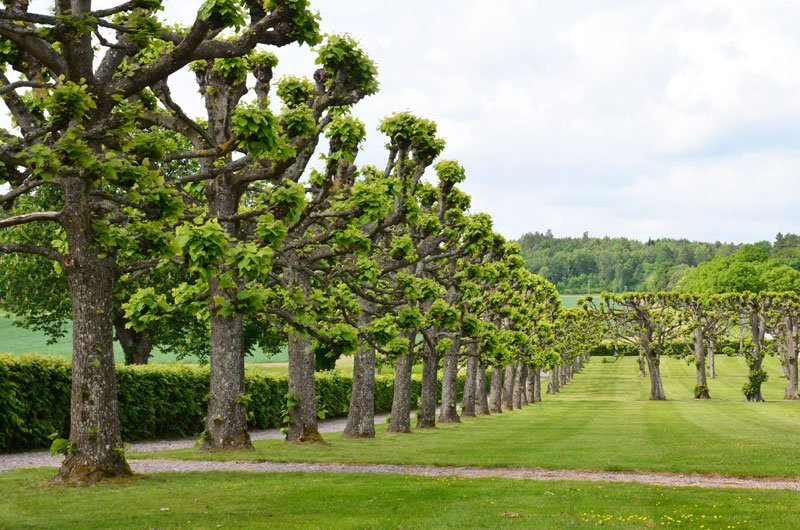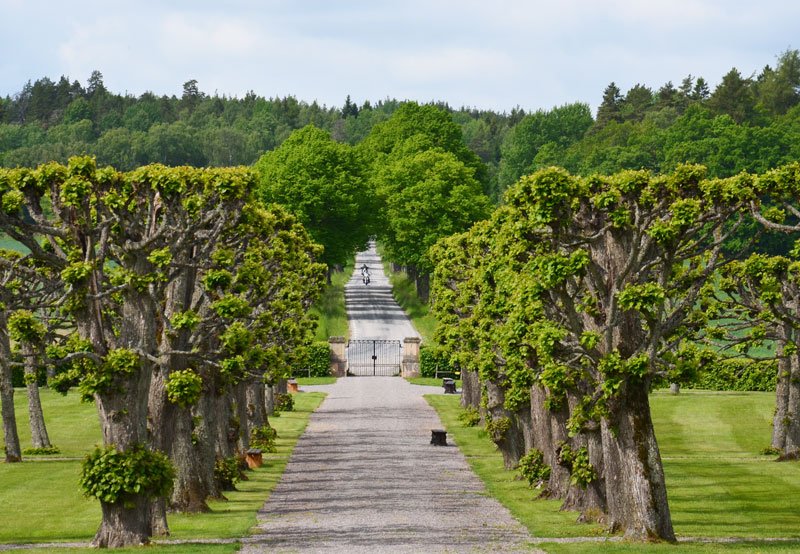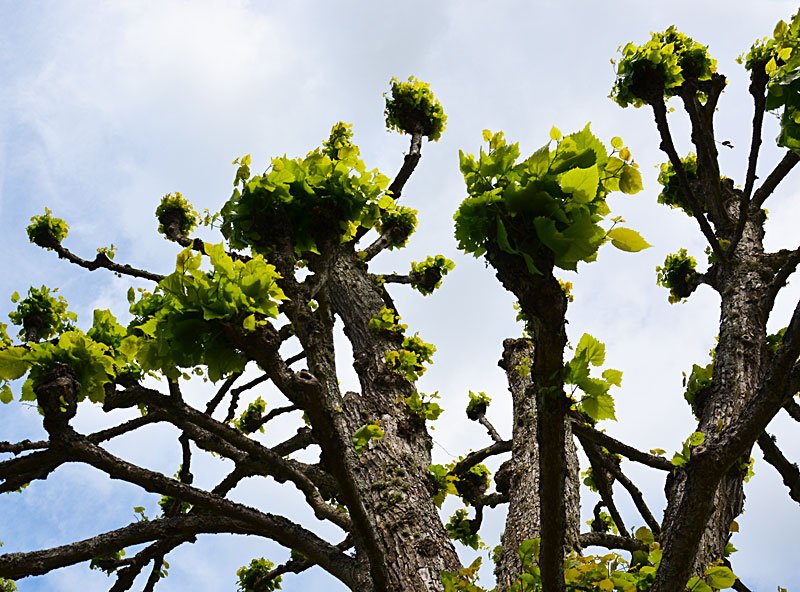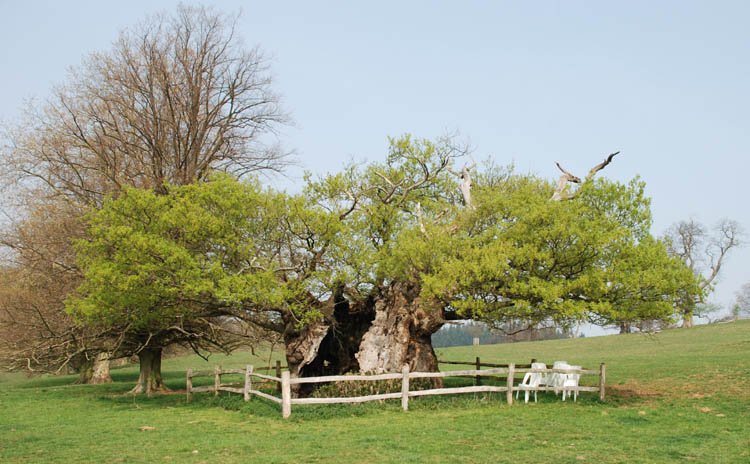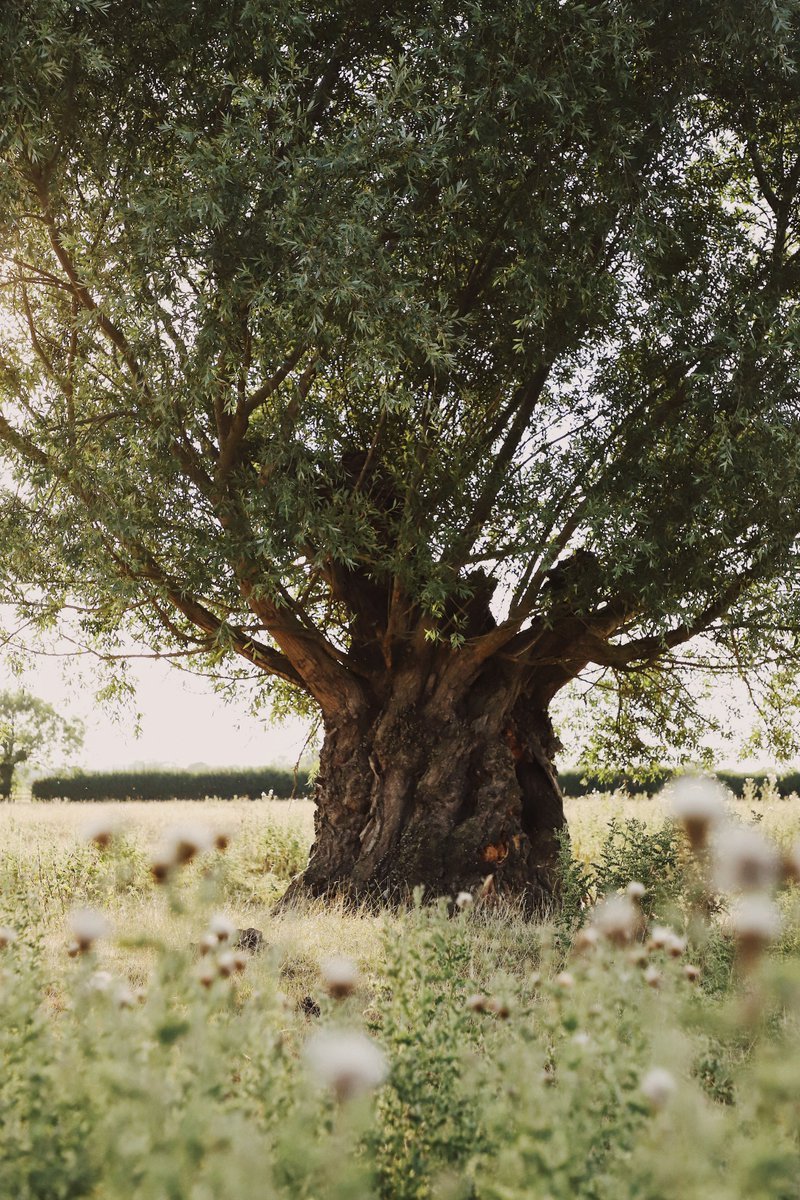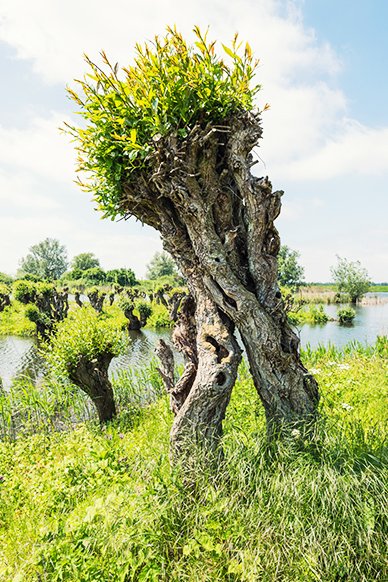There are some really knowledgeable children's books illustrators. Here's one with correctly depicted pollarded willows in the winter by Patrick Benson...
...and here's what pollarded willows looks like in real life. Pollarding was done every year or once every three years to use the leafy branches as winter fodder (dried in special pollarding barns). A superbly ecological way of keeping your livestock.
Pollard is also a common surname but it originated as a nickname for people with large heads (so not an agrarian name). It is different from coppicing which is done closer to the root and in order to harvest wood rather than leaves.
Once you start pollarding (or coppicing for that matter) you'd better keep it up for a few centuries. Otherwise they can grow pretty wild. Here's a Swedish goat willow that hasn't been coppiced or pollarded for a few centuries.
A beautifully maintained line of pollarded willows becomes immensely beautiful and the perfect way to line a road leading towards a farm or isolated countryhouse (rather than more stately trees befitting a grand manor or palace). These could do with some pollarding come summer.
Even if you do have a palace or grand mansion, using pollarded trees (here linden trees near Stockholm) can give your home a truly rustic look, an agrarian aesthetic that is instantly recognizable to anyone anywhere. I call it the "shabby chic" of landscape designers.
Pollarding trees is a great way to help the local ecology: pollarded trees live far far longer than normal trees, with gnarlier bark that can attract exponentially more species of moss and lichen, they are often hollow and becomes great homes for a multitude of birds and mammals.
Virtually no-one pollards trees for animal feed anymore, even though leaves are almost always nutritionally superior for any kind of livestock (especially ash trees). I could not even find photos of it, but here is video of a clever Swedish man's harvest. https://www.instagram.com/p/BnBsXg2HDoD/?utm_source=ig_web_button_share_sheet
Here is a superbly informative video from the UK, by a pollarding enthusiast group.

 Read on Twitter
Read on Twitter